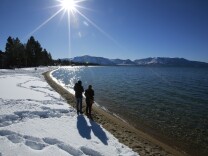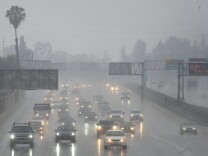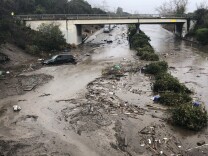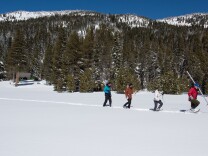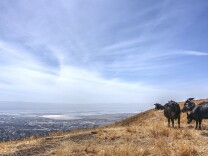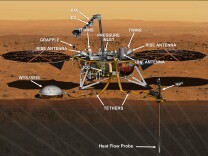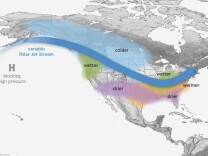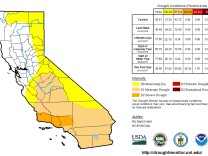
-
Listen Listen

Jacob Margolis
What I cover
I cover science, with a focus on environmental stories and disasters, as well as investigations and accountability.
My background
I created, wrote and hosted the LAist Studios podcasts, The Big One: Your Survival Guide and The Big Burn: How To Survive In The Age of Wildfires. I was part of the team that won the 2021 Investigative Reporters and Editors Audio Journalism Award for the series "Hot Days: Heat’s Mounting Death Toll On Workers In The U.S. "Most recently, I’ve published investigations into large scale illegal dumping in L.A. County and previously unreported heavy metal concentrations in fire retardants.
My goals
To uncover how science, policy, and power intersect — so people have the information they need to hold decision-makers accountable and protect their communities.
Best way to reach me
You can reach me by email: jmargolis@laist.com. Or for encrypted communications, I'm on Signal: @jacobmargolis.1.
Stories by Jacob Margolis
-
While we had a lot of precipitation last year, this year has been below average. What does that mean for our water supplies, considering we're only a year removed from crippling drought?
-
Before the storm made landfall earlier this week, it was forecast to dump 10 inches of rain in the Santa Barbara mountains. Where did all of that water go?
-
Atmospheric rivers are a vital source of California's water supply, but they also can trigger mudslides given their often heavy rains.
-
By the end of February, it looked like the state was going to experience one of its driest winters ever. Then storms started to roll in. But will they be enough?
-
Barring a "March Miracle" of rain and snow, this winter could be one of the warmest and driest on record — and that could mean drought.
-
Before last week's storm, this year's winter was on track to be the warmest and driest on record.
-
For the first time, scientists are trying to get a snapshot of the Red Planet's interior, and they're doing it with the first landing probe to Mars in six years.
-
We could lose one of California's most defining, and important, ecological features by the end of the century, due to climate change.
-
The La Niña climate pattern is associated with drier weather in Southern California, but that doesn't mean that things are going to get wetter if it goes away.
-
You might've thought that last year's rain dump saved us from drought conditions, but Southern California never fully recovered.
-
More than 13,000 claims were made following one of the most destructive wildfire seasons on record.
-
Fifteen minutes after a 7.9 earthquake struck the Gulf of Alaska, Devil's Hole in Death Valley saw one foot waves thrash its surface.


